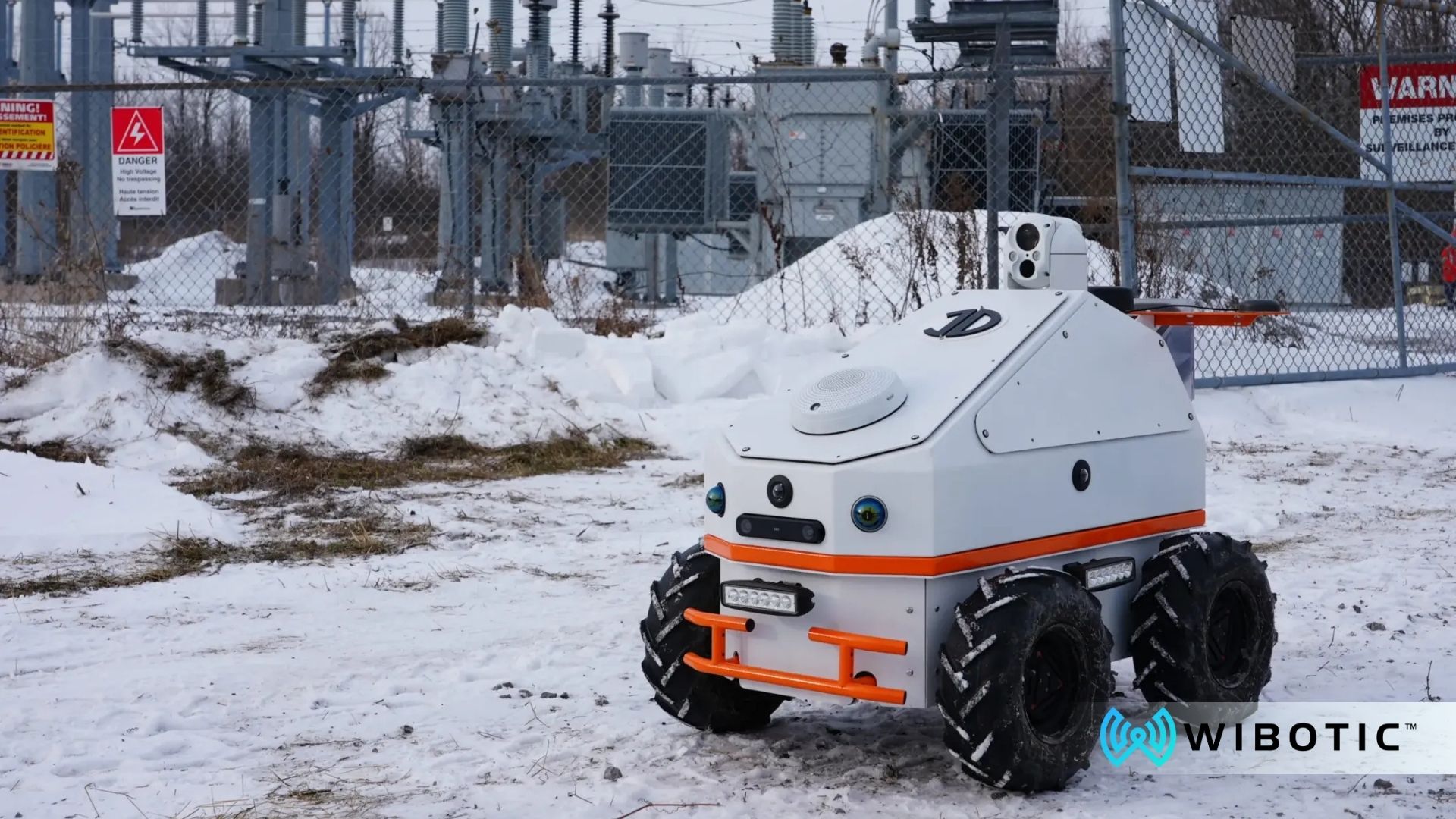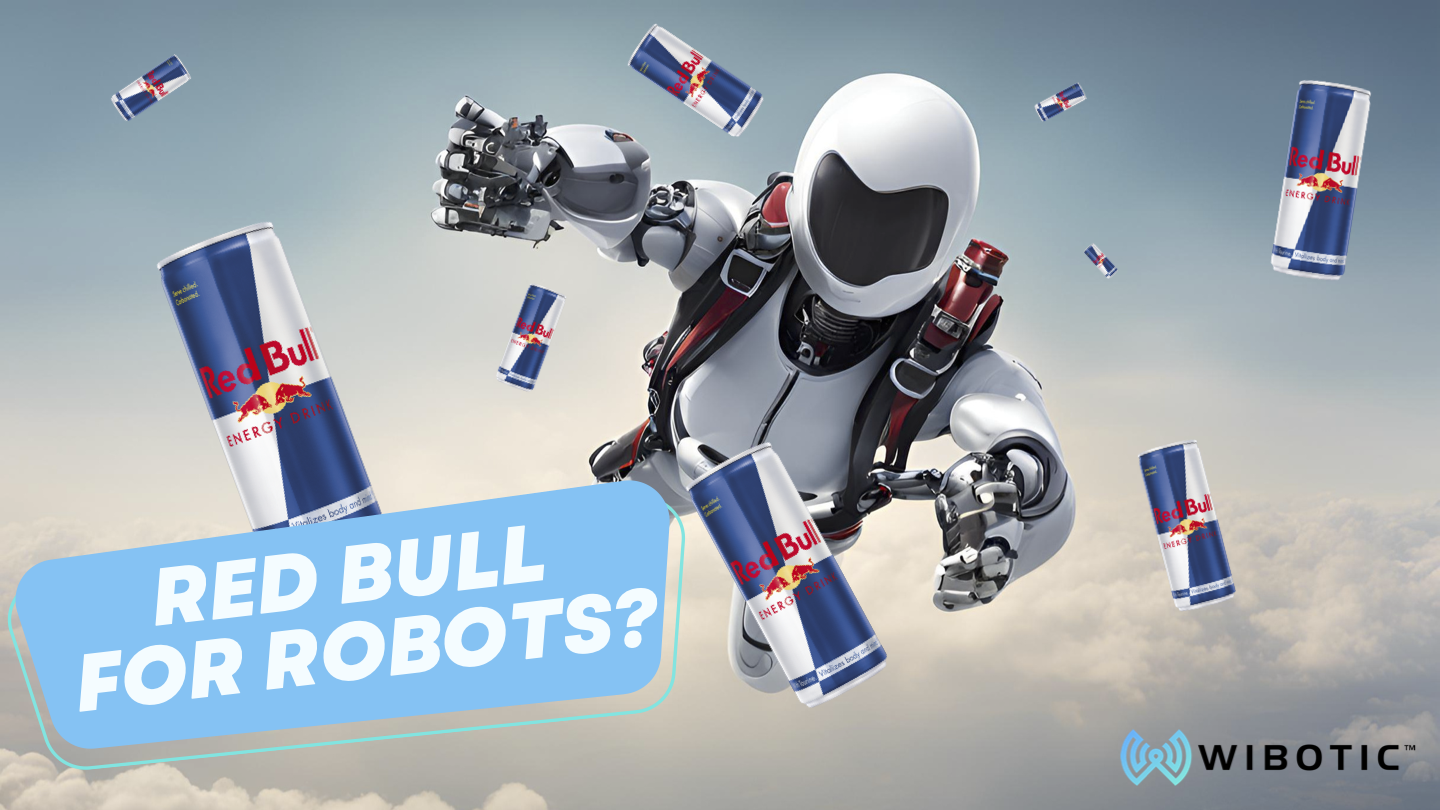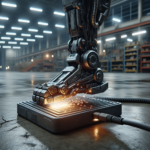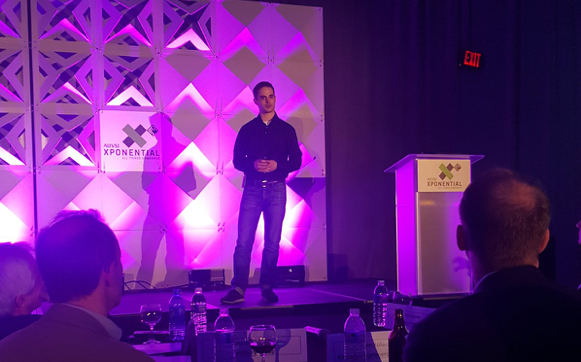Set It and Forget It: WiBotic and InDro Are Powering Truly Autonomous Robots
By: Isaiah Dominguez
Outdoor AGV operators are seeing incredible results thanks to the collaboration between WiBotic and InDro Robotics. InDro, the company behind the rugged Sentinel robot and enclosure, teamed up with WiBotic to integrate powerful wireless charging technology that’s transforming how autonomous vehicles operate.
A recent demo with Hydro Ottawa showcased just how game-changing this setup is. InDro’s Sentinel robot, equipped with WiBotic’s wireless charging system, worked independently in a remote substation for hours on end. The robot could autonomously dock, recharge, and jump right back into action without needing anyone to step in. This technology is taking autonomy to the next level by eliminating the need for constant human oversight—freeing up operators to focus on the bigger picture.
WiBotic’s wireless charging system makes it all possible with incredible efficiency—just one hour of charging delivers up to five hours of operation. This quick turnaround means less downtime and more time spent on the mission at hand, even in remote and tough environments.
By removing traditional mechanical charging interfaces like prongs and connectors, the system also cuts down on maintenance headaches. That reliability is huge for outdoor operations where access to human help is limited.
And the best part? The system’s autonomous docking feature, powered by AprilTags, ensures the robot aligns perfectly with the charger every time. The Sentinel can return to its charging station all on its own, making true autonomy a reality for outdoor AGVs.
Thanks to the partnership between WiBotic and InDro Robotics, operators now have a solution that’s reliable, efficient, and completely redefines what it means to be autonomous. As the Hydro Ottawa demo showed, this setup isn’t just innovative—it’s setting a new standard for what AGVs can do in the field.



 There are three primary approaches to address this issue. The first, plug-in charging, involves connecting the robot to a standard power outlet. This method, while straightforward, requires human intervention, introducing potential delays and risks of human error, such as forgetting to plug the robot in or not tracking charge cycles. This also places unnecessary strain on the battery, potentially shortening its lifespan and resulting in more frequent replacements. As a result, plug-in charging is gradually being phased out in advanced humanoid robot applications.
There are three primary approaches to address this issue. The first, plug-in charging, involves connecting the robot to a standard power outlet. This method, while straightforward, requires human intervention, introducing potential delays and risks of human error, such as forgetting to plug the robot in or not tracking charge cycles. This also places unnecessary strain on the battery, potentially shortening its lifespan and resulting in more frequent replacements. As a result, plug-in charging is gradually being phased out in advanced humanoid robot applications.

